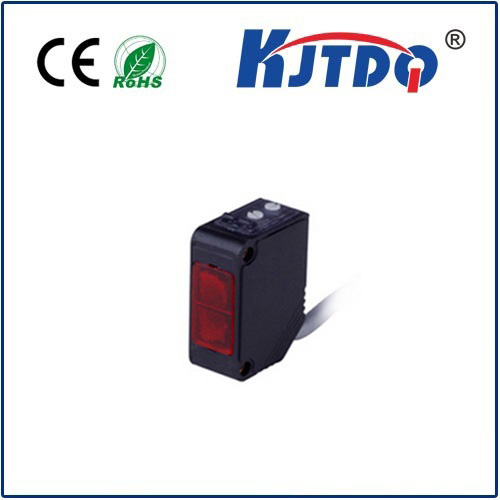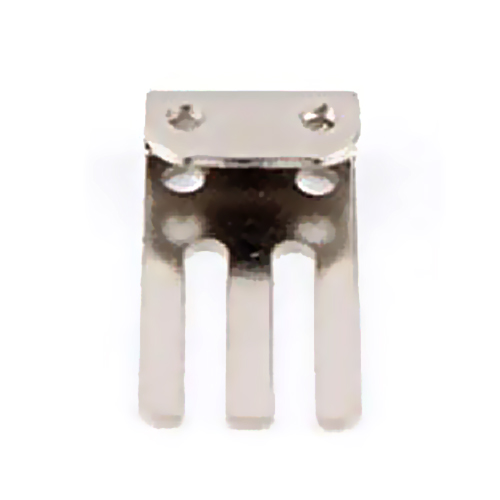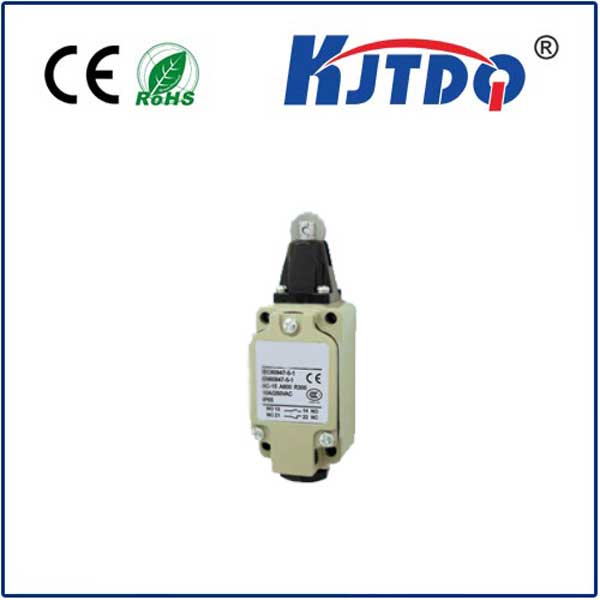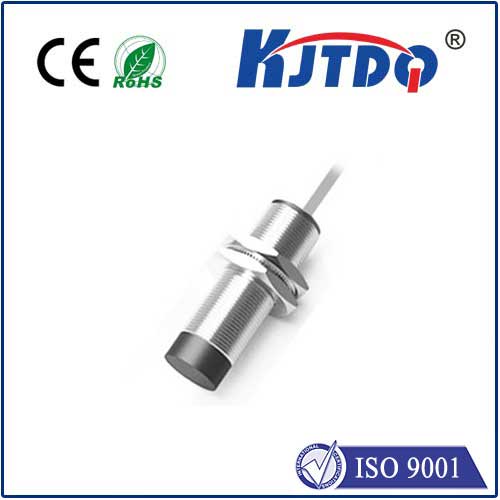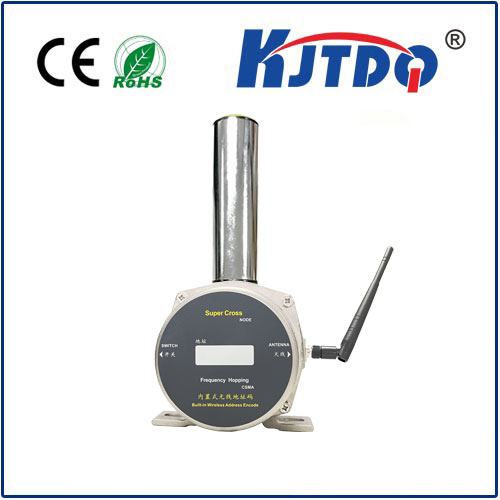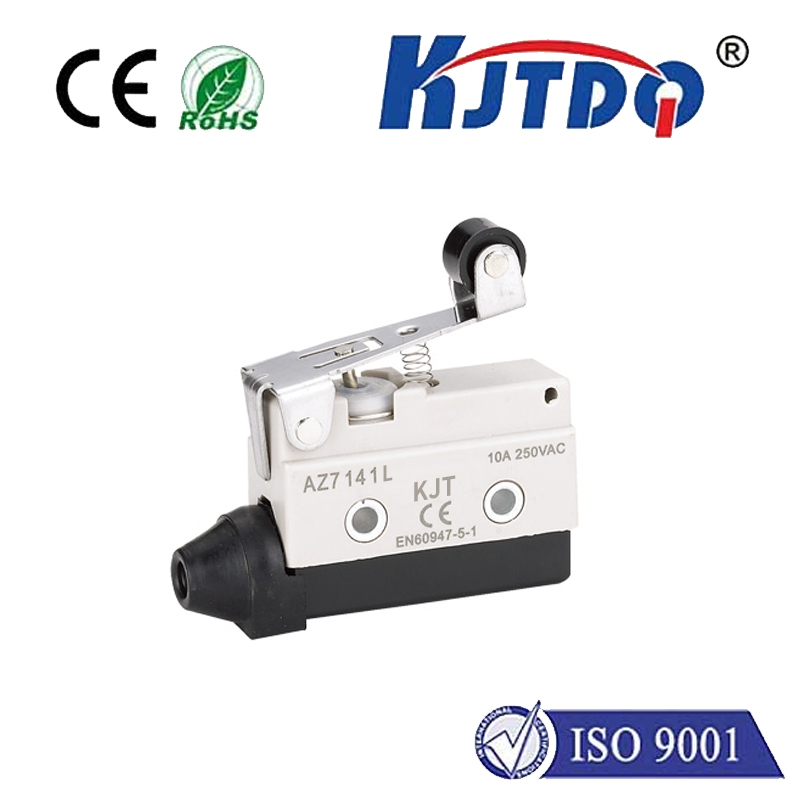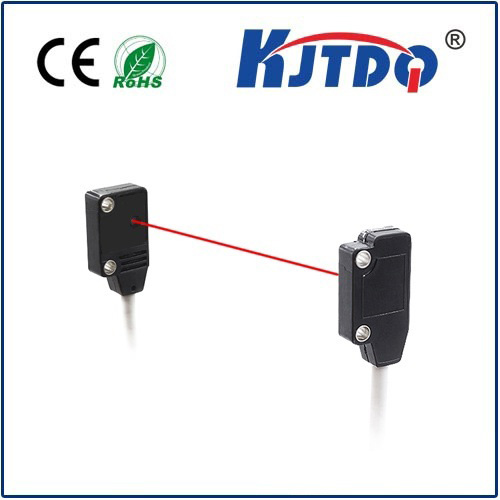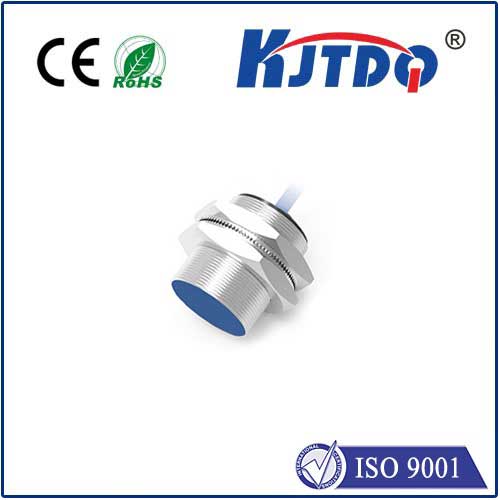thermowell temperature sensor
- time:2025-08-23 04:42:49
- Click:0
The Essential Guide to Thermowell Temperature Sensors: Protection, Performance and Best Practices
Imagine a critical chemical reaction vessel in a bustling refinery. Precise temperature control isn’t just desirable; it’s paramount for safety, product quality, and efficiency. Yet, immersing a delicate temperature probe directly into a high-pressure, corrosive, or turbulent process stream is a recipe for rapid sensor failure, process contamination, or even hazardous leaks. This is where the indispensable thermowell temperature sensor assembly steps in. Far more than a simple accessory, the thermowell is the robust guardian, enabling reliable and safe temperature measurement in the harshest industrial environments by shielding vital sensors like RTDs and thermocouples.
Understanding the Thermowell’s Fundamental Role
At its core, a thermowell is a sturdy, hollow tube, typically manufactured from durable metals like stainless steel, alloy 400 (Monel), Hastelloy, or titanium. It’s mechanically sealed, often welded or threaded, into a tank wall or process pipe. The temperature sensor (RTD, thermocouple, or bimetal device) is then inserted into the thermowell’s open end, usually secured by a connection head. This creates a vital barrier:

- Physical Protection: The thermowell bears the brunt of direct process fluid impact, abrasion from slurries, high pressures (often rated for hundreds or thousands of psi), and extreme velocities. It shields the sensor from mechanical damage that would otherwise destroy it.
- Process Isolation: The thermowell prevents the process medium from contacting the temperature sensor element directly. This is crucial for:
- Containment: Preventing leaks of hazardous, toxic, or valuable fluids.
- Maintenance: Allowing sensor removal, calibration, or replacement without needing to depressurize, drain, or shut down the entire process. This feature alone significantly boosts operational efficiency and reduces downtime.
- Sensor Integrity: Protecting sensors from corrosive or fouling process fluids that could degrade accuracy or cause premature failure.
Key Considerations in Thermowell Temperature Sensor Selection and Design
Simply installing any thermowell isn’t sufficient. Its design profoundly impacts measurement accuracy, longevity, and system safety. Critical factors include:
- Material Compatibility: The thermowell material must resist corrosion and erosion by the specific process fluid at operating temperatures and pressures. Consulting corrosion charts and considering factors like pH and chlorides is non-negotiable. For sour service environments (H2S), materials meeting NACE MR0175/ISO 15156 standards are essential.
- Process Connection: How the thermowell attaches to the vessel or piping (e.g., threaded, socket weld, flanged, sanitary clamp) must provide a secure, leak-proof seal compatible with the system’s pressure class and design. Weld-in installations offer the highest integrity for high-pressure applications.
- Insertion Length and Immersion: The thermowell must extend sufficiently far into the process stream to ensure the sensor tip is immersed in the representative fluid flow, away from stagnant areas or wall effects. Insufficient immersion leads to significant measurement errors. General guidelines recommend a minimum immersion of 10 times the thermowell’s diameter or 2 inches (50mm), whichever is greater.
- Thermowell Design (Tip Shape):
- Tapered/Conical: Offers the best resistance to vibration caused by fluid flow (vortex shedding), making it the preferred choice for high-velocity gas or steam applications. It provides the stiffest design per unit mass.
- Straight/Blunt: Simpler to manufacture but more susceptible to vibration fatigue. Generally used for lower velocity liquid applications.
- Stepped: Combines features but is less common. Mainly used for specific high-pressure requirements.
- Response Time (Thermal Lag): The thermowell introduces a delay between a process temperature change and the sensor detecting it. This thermal lag is influenced primarily by the thermowell’s material, wall thickness, and the type of fill (air, thermal grease, or powdered metal) between the sensor and the thermowell bore. Lighter thermowell designs and high-thermal-conductivity fills reduce lag but may compromise strength. A rough estimate for air fill is given by F0 ≈ 14L² + 5L (seconds), where L is immersion length in inches.
- Vibration Analysis (Wake Frequency Calculation): This is arguably the most critical safety and durability aspect. Fluid flowing past the thermowell creates vortices, generating oscillating forces. If the frequency of these vortices (the wake frequency) matches the natural frequency of the unsupported thermowell length, violent resonance (vibration-induced fatigue) occurs, leading to catastrophic failure. ASME PTC 19.3 TW-2016 provides the standard methodology for calculating natural frequency and ensuring a sufficient margin of safety against resonant vibration. Ignoring this calculation risks dangerous thermowell breakage.
Optimizing Installation and Maintenance Practices
Proper installation and care are vital for long-term reliability:
- Correct Orientation: Install thermowells pointing downstream or perpendicular to flow to minimize stress and vibration potential. Avoid positioning directly facing high-velocity jets.
- Sensor Fit and Fill: Ensure good thermal contact between the sensor and the thermowell wall. Loose fits increase thermal lag significantly. Using thermally conductive fill materials (special greases or powders like magnesium oxide) dramatically improves response time compared to air. Ensure the sensor tip makes firm contact at the bottom.
- Regular Inspection: During process shutdowns, inspect thermowells externally for signs of erosion, corrosion cracking, or mechanical damage. For critical applications, internal inspection or Non-Destructive Testing (NDT) like ultrasonic thickness checks may be warranted.
- Avoiding Thermal Stress: Consider expansion joints or flexible thermowell designs in applications with extreme temperature cycling to prevent stress fractures.
Addressing Common Thermowell Temperature Sensor Challenges
Even with careful design, challenges can arise:
- Slow Response: If slow response is a problem, investigate using a thinner-walled thermowell, a more conductive material, or thermal fill. Ensure the sensor itself is not the bottleneck. Tapered thermowells generally respond faster than straight ones of the same tip diameter.
- Vibration Issues: If vibration is detected, verify the wake frequency calculation was performed correctly. Solutions include shortening the insertion length (if process allows), switching to a stiffer tapered design, adding support brackets, or installing vortex suppressors (strakes or spoilers) upstream.
- Corrosion/Fouling: Select more resistant materials or consider protective coatings. Schedule more frequent cleaning or inspections if fouling impacts accuracy.
The thermowell temperature sensor assembly is a fundamental engineering solution born from necessity. By providing a robust barrier between harsh processes and sensitive measurement elements, it unlocks the ability to obtain accurate, reliable temperature data where it matters most. Understanding the critical interplay between thermowell design (material, shape, connection), wake frequency calculations, installation practices, and sensor fit is essential. Choosing and implementing the right thermowell temperature sensor system isn’t just about protecting an instrument; it’s about safeguarding personnel, ensuring process integrity, optimizing efficiency, and guaranteeing the continuous, safe operation of vital industrial assets. Investing time in correct specification, installation, and maintenance pays significant dividends in operational reliability and safety performance.












